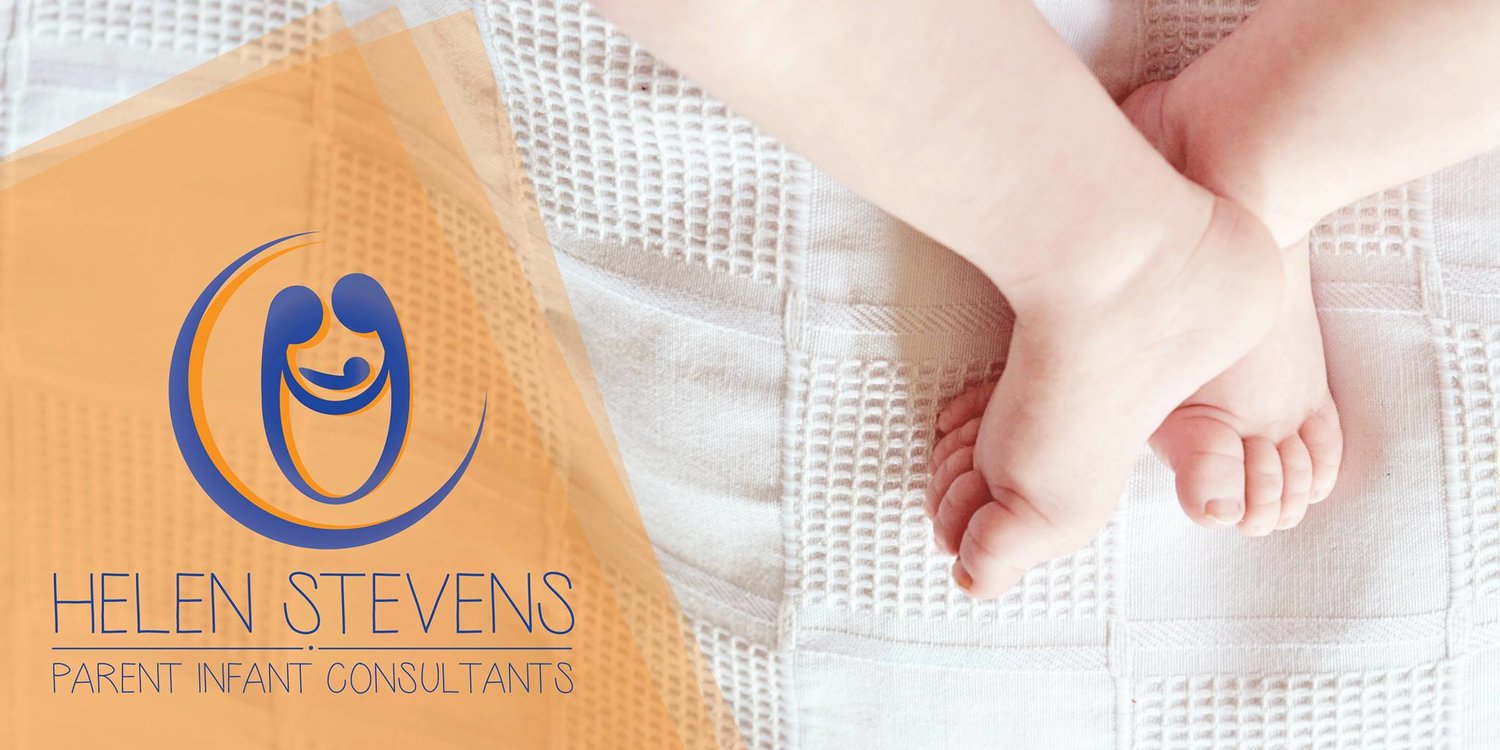What is normal baby poo?
When if comes to baby poo, there’s a lot of confusion about what’s normal and when it’s time to worry. It really does come in all shapes, sizes and colours. With the right understanding and knowledge of what to look out for, it can be easy to know what’s normal and what’s trouble.
To start with let’s talk about normal poo.
2-3 days old
The first poos are often black and look like tar – this is baby’s intestinal contents that developed in utero (meconium). Don't be surprised to see really dark green poo that progressively works through to lighter shades over the first two to three days.
Breastfed babies
For a breast fed baby, their poo becomes soft and more yellow or mustard coloured. You may also see little flecks (like cottage cheese) through the poo.
How many?
A healthy breast fed baby can poo as often as each feed. As the weeks pass your baby may begin to poo less frequently, which is COMPLETELY NORMAL. Some breast fed babies can have a regular, normal poo but not every day – some babies can go up to 7-10 days without a poo! When it happens it is a biggie, but it is not firm so it is not considered constipation.
How much?
Breastfed babies can have very large poos. It’s really not a worry unless your baby is unsettled.
Huge runny poos can indicate a large intake of milk. If your baby is upset and doing lots of large runny poos, consider positioning yourself in a more reclined position when you feed so your baby is sucking against gravity a little more.
Smell
The poo of breast fed babies is almost odourless.
Formula fed
The variety of colours in formula fed babies is vast. Most are in the mustard to brown colour range, with a soft consistency similar to toothpaste or softer.
Home many?
Formula fed babies can also poo at each feed, or sometimes move to once a day. Some babies go for two to four days without pooing, but overall most formula fed babies seem to poo each day or more often.
How much?
The amount of the poo varies, depending on how much they drink. If your baby is drinking large amounts, their poos will be large. If there is too much milk going through the digestive tract then the poo may be very runny.
Smell
It does depend on the formula, but often the ‘aroma’ is noticeable even with the nappy still on.
Dark green or black poos
Additional iron in a baby’s diet often causes dark green poo. It can be a similar colour to the first few days of life. The darkness in colour is not usually related to any other healthy process beyond those first ever poos and iron fortified or a supplemented diet including medications to stimulate breast milk production.
If your baby does have dark green or almost black poos, bag up the nappy and take it with you to show your doctor.
Constipation
It's important to diagnose constipation early. But if your baby hasn't done a poo in days, or even a week, they're not necessarily constipated.
Read more about infant constipation, treatment and remedies.
Diarrhoea
Diarrhoea poo is smelly, frequent and may contain mucous. The colour can vary, but usually isn’t very different from normal. It may have a green tinge, but the frequency and different odour are the important telltale signs.
If your baby has diarrhoea, make sure you apply plenty of barrier cream to protect the skin from being damaged by the harsh properties in the poo.
What does diarrhoea mean?
Always consult your doctor if your baby’s poo becomes runny and is more frequent for more than a day or two.
Diarrhoea can be caused by infections and your baby needs to be monitored to prevent dehydration. They can become dehydrated quiet rapidly, especially under the age of 3 months.
If your baby always has runny, large poos, just have them checked to ensure they have no allergies or intolerances.
Changed appearances
Dark brown or black specks
If the poo begins to have specks or streaks of dark brown or almost black in it, it may be associated with blood and needs to be seen to. However, if you have a bleeding nipple, your baby may be ingesting some of that blood and passing in their poo. This is when you look at breastfeeding technique rather than treating the baby poo.
Red specks
Flecks of red in the poo may indicate fresh blood. This is often seen when a baby has a dry, firm constipated poo causing their little anus to tear. If you see any blood in a poo, take your baby to see a doctor because there may be some lower bowel internal bleeding that needs attention.
Bright green or frothy
This must always be checked by a health professional as bright green or frothy poo can be associated with intolerances, allergies or illness. If not investigated your baby may become very unwell.
Mucous
Mucousy poo can also mean intolerance or allergy, but it can also happen when your baby has a cold and is swallowing mucous. Also, if your baby is teething, they may have mucousy, diarrhoea or smelly poos.
If ever you’re in doubt, it’s always wise to have it assessed so dehydration or malabsorption can be avoided.
Author: Helen Stevens. RN. RM. MCHN. BAppSc. MMHS. Manager of Clinical Services, Education and Research.
Parent Infant Consultants. 0411880720.

